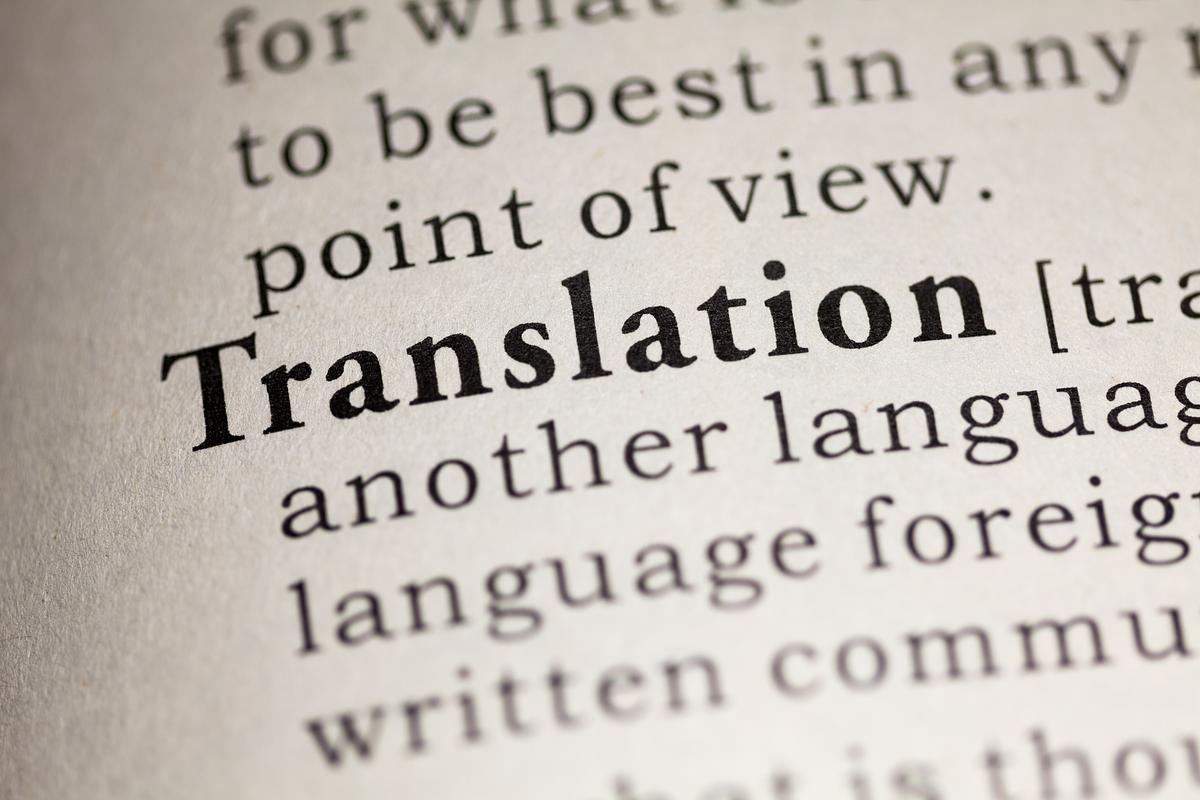Straplines and slogans – can they ever be trade marks?
View more

This is, or should be, a crucial step in choosing a new trade mark, particularly if you plan to use the mark internationally. It is also one of the most commonly overlooked aspects of trade mark strategy.
Having an academic background in languages and linguistics, and experience working in the translation industry prior to becoming a trade mark attorney, I have all too often seen people fall into the trap of not checking the meaning of a brand name or trade mark in the languages of their target markets.
The mark might end up, by sheer coincidence, being descriptive of your goods or services after all. However, I have also seen cases where a mark turns out to be obscene or offensive in another language. Both examples typically result in the trade mark owner incurring the inconvenience and cost of trying to overcome these types of issues or having to rebrand, at least for that specific market.
Another important consideration is whether you plan to enter a market where the writing system is not Latin-based. It is sometimes recommended, or in some places, is a legal requirement, that your trade mark is transliterated into another script, for example, Cyrillic (widely used in Eastern Europe and Central Asia) or Hanzi (Chinese characters). Finding an acceptable written and phonetic equivalent, where your mark remains recognisable, but does not end up meaning something offensive or just downright bizarre, can be a significant challenge in itself, and we always recommend seeking advice from local or native-speaking advisors.
To conclude, I bring you one of my very favourite cautionary tales, courtesy of Coca-Cola. When Coca-Cola first entered the Chinese market, the name was apparently read as "ke-kou-ke-la". Unfortunately, after they had begun to market the brand, they discovered that this broadly translates as "bite the wax tadpole" or "female horse stuffed with wax" depending on the dialect. Following further research into Chinese characters, they managed to come up with a more sensible equivalent, "ko-kou-ko-le," which loosely translates as “happiness in the mouth”.

Author: Fiona Jones
For further advice, please contact the trade marks team at Hindles.
An occasional newsletter about patents, trade marks, designs and other intellectual property matters.